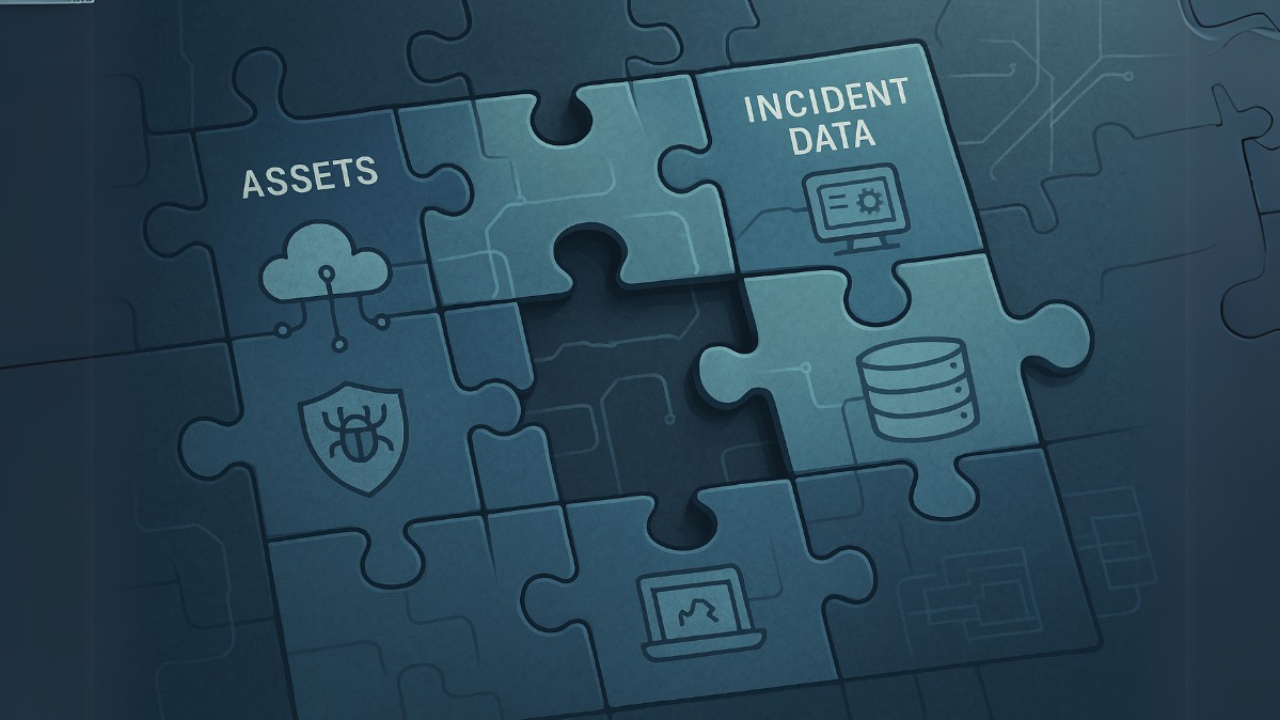

April 10, 2025
Picture this: You’re in the middle of preparing for a board meeting. The stakes are high, and the numbers you present could help you secure a budget for the next 12-24 months. Over the past several months, you’ve painstakingly built a security ecosystem, data pouring in from endpoints, cloud systems, identity solutions, threat intelligence feeds, and more. Each tool plays a vital role.
Imagine discovering that your current CRQ (Cyber Risk Quantification) platform can only integrate a handful of these systems. You’re forced to pick and choose, leaving out several data points. A security leader once vented, “I’m tired of being told I only get five integrations—when I’ve got 20+ security tools.” This isn’t just a one-off complaint; we hear this concern occasionally.
For CRQ to be useful, data from every available source is needed. Each data stream, whether about endpoints, cloud, or IoT/OT systems, is vital to your cyber risk formula. When your system is limited to just five integrations, it’s like trying to run a car with half of the parts installed — it just wouldn’t work.
The impact of these missing pieces becomes painfully clear when you translate technical details into numbers that the board can understand. You will still get a likelihood and impact estimate, but they are not close to any reasonable cyber risk estimates – garbage in, garbage out.
Vendors impose limits on integrations to overcome their own limitations and outdated models. A few examples include:
Legacy System Architecture
Many CRQ platforms were initially designed using monolithic architectures. In these systems, all components, data ingestion, processing, and output are tightly coupled. Adding a new integration in such environments can mean a significant rewrite of the system’s core components.
Scalability and Performance Challenges
Even when the system is modular, processing real-time data from many sources places a heavy burden on the backend infrastructure. Every integration involves API calls, data parsing, normalization, and correlation—actions that must occur without introducing latency or errors. Vendors impose hard limits to ensure that performance remains predictable.
Data Consistency and Normalization
Cybersecurity data often comes in various formats – structured data from APIs, semi-structured logs, and unstructured reports. Managing these differing formats requires sophisticated normalization processes to ensure that all data points are comparable. When a vendor supports only a limited number of integrations, they can focus on fine-tuning the data normalization pipeline for those few sources.
– But you bear the real cost. Whenever you’re forced to choose only a handful of tools, you accept an incomplete risk assessment. You end up with a risk number that doesn’t fully capture the potential vulnerabilities lurking within your organization. This incomplete picture can lead to decisions based on guesswork rather than solid, comprehensive data – a gamble no board or executive should have to take.

What if you could harness every piece of data from your entire security stack without worrying about integration limits? Enter Balbix, where connecting 5 or 50 systems doesn’t change the price or compromise the quality of your risk assessment. In this scenario, every additional data point makes your risk model sharper and more reliable.
With Balbix, you get 100+ native connectors across IT and security stacks. Whether your data is structured or buried in unstructured pen test reports and PDFs, Balbix gathers it all, deduplicating and correlating information to build a unified, comprehensive view of your risk.
Now, you can walk into your board meeting armed with a complete picture of your organization’s cyber risk. Instead of presenting a rough estimate that might omit critical data, you showcase a risk model that has taken assets, exposures, vulnerabilities, and threats across your attack surface. The numbers on your slides aren’t just arbitrary figures. They’re the result of a fully integrated, data-driven process that leaves nothing to chance.

When every piece of data is in play, you’re equipped to make informed decisions. Your risk assessments become more accurate, your remediation efforts more targeted, and your communications with the board more compelling. It’s the difference between shooting in the dark and having a high-definition roadmap that guides your security strategy.
When you look back on those days of choosing only five integrations, it becomes clear that settling for less was never an option. Instead of patching together a fragmented risk model, you can now embrace a solution that leverages all your data—ensuring that every facet of your security environment contributes to a true understanding of risk.
To learn more about Balbix CRQ, sign up for a demo here.